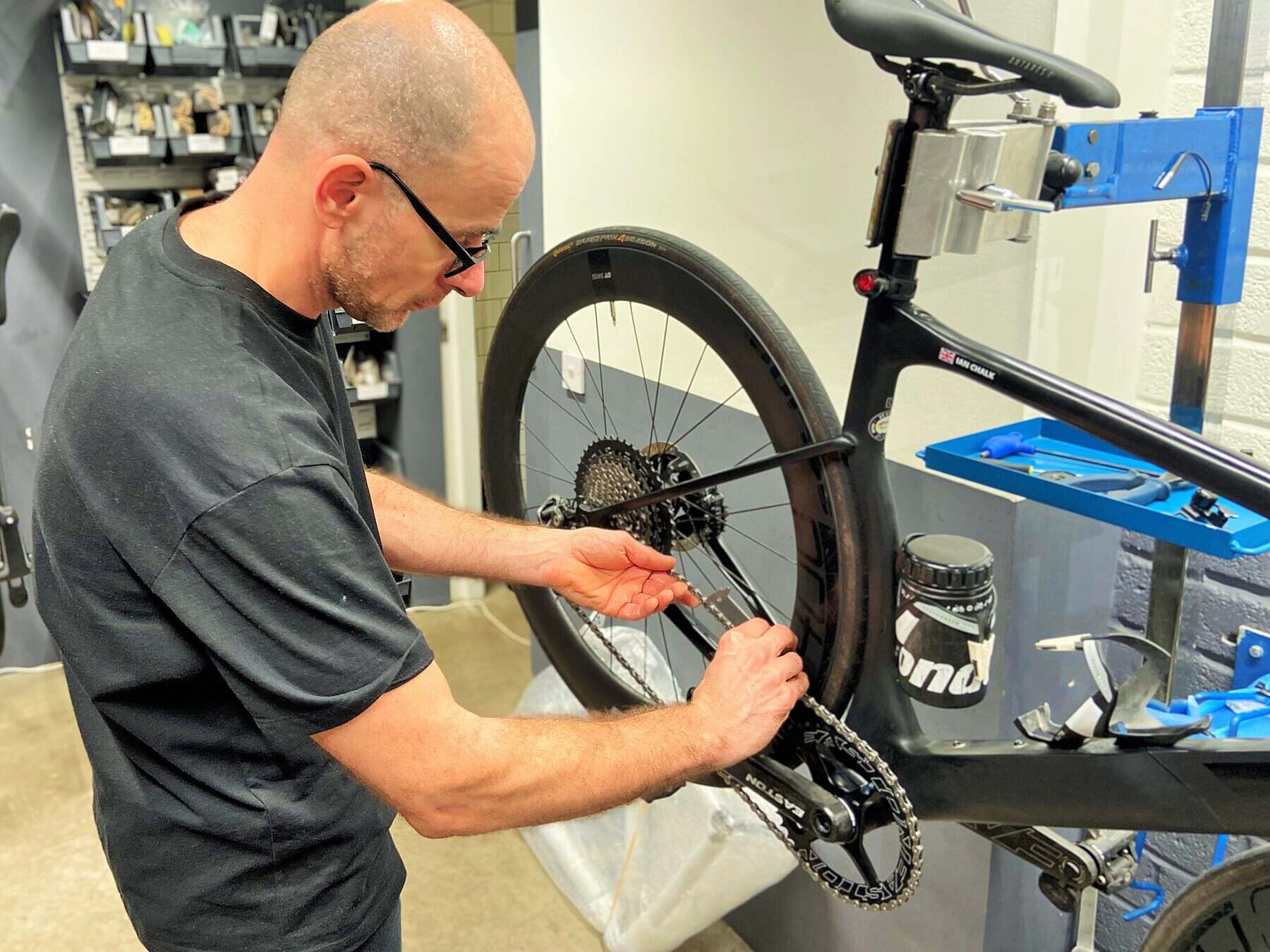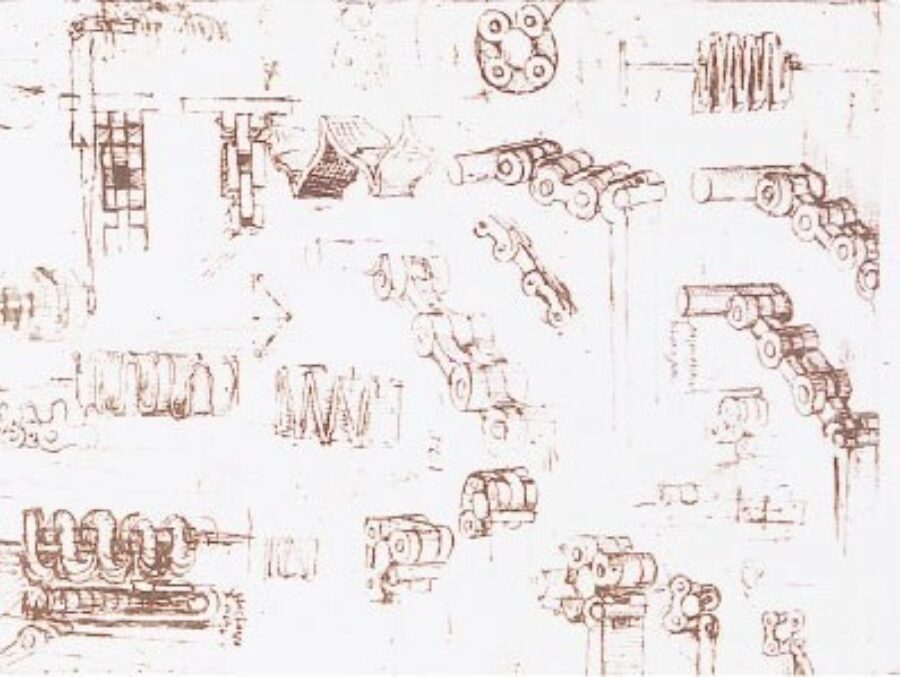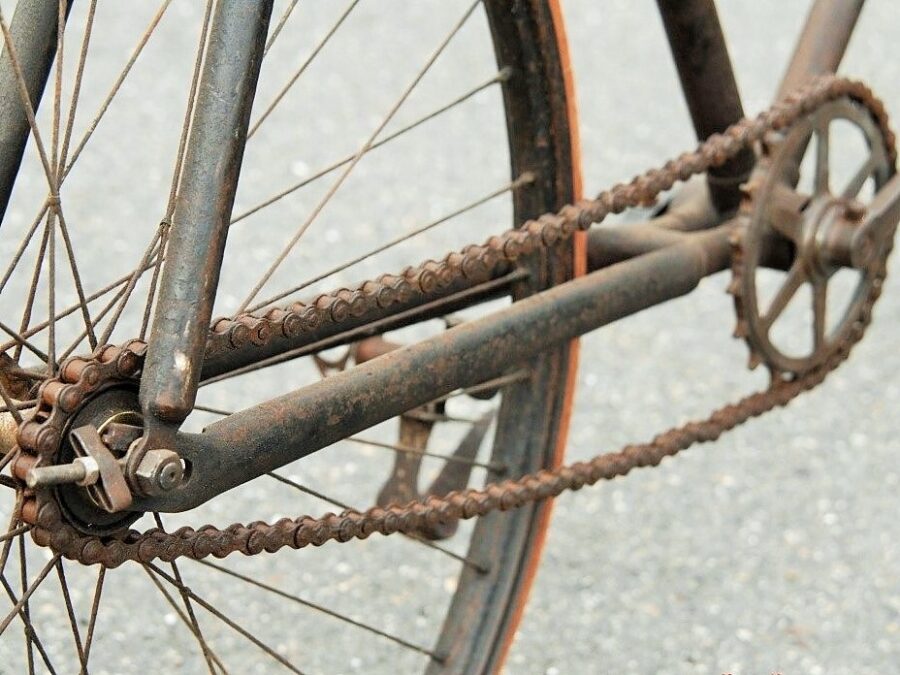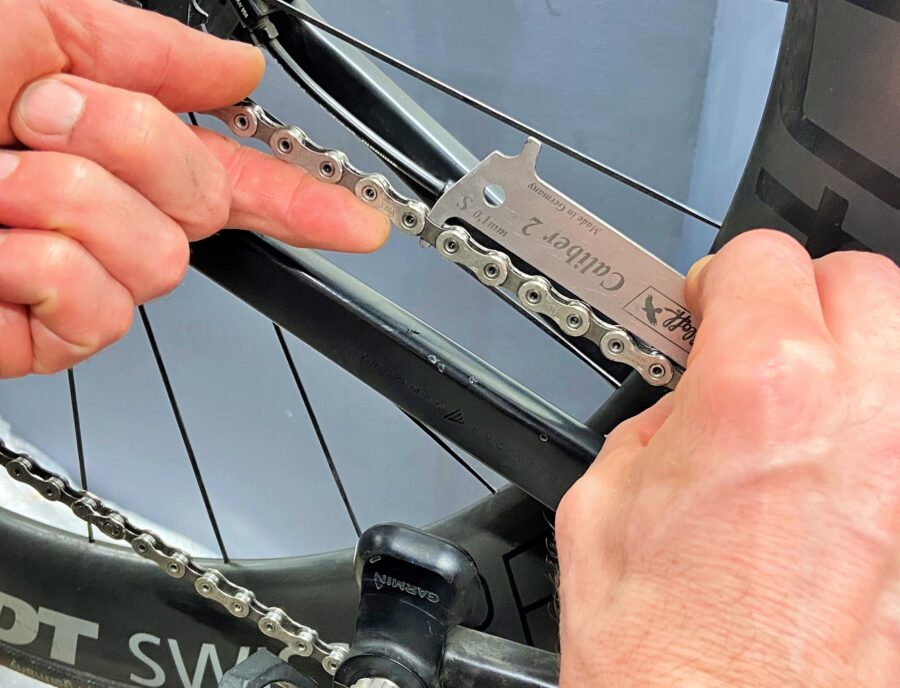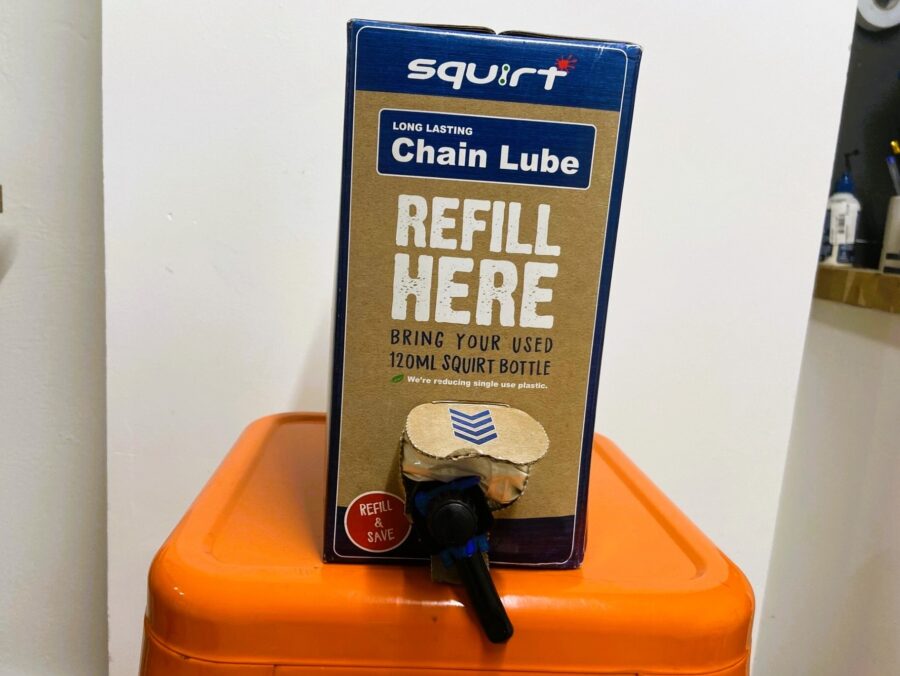One-hundred & Fifty Years Old. Are We At Peak Chain?
Leonardo da Vinci first sketched out the blue-print for roller-chain in Codex Atlanticus over 500 years ago. but we have only been using them on bicycles since 1880. Reassuringly the design has remained largely unchanged. We can split the atom, invent computers that can teach themselves to be better than us at virtually everything. But we can't/won't find a better way of transferring relatively tiny amounts of torque between two rotating cogs. Yawn. A new/clean/lubricated chain is in the upper 90's percentile for efficiency. Take any of those things away and power delivery falls away sharply. For context - a carbon belt-drive is also in the upper 90th percentile for efficiency, never needs lubricating, lasts longer and is lighter. than a chain. But still the manufacturers double-down on finding fancier laser-guided ways to thread medieval chains over antediluvian sprockets.
"But still the manufacturers double-down on finding fancier laser-guided ways to thread medieval chains over antediluvian sprockets"
"Man is born free and (still) everywhere in chains..."
Or to quote that overused, tired-out old euphemism - we are where we are.
Right now we are stuck with chains and sprockets and will be for a little while - so what are Barna's top tips for making them run perfectly together more of the time?
- It is possible to get two (or possibly three) chains out of one cassette, provided you replace early enough in the chain life-cycle. If the chain and cassette have worn together for too long, the new chain will skip on the cassette. Pop into Store Street or Fire Station to have stretch/wear assessed (pictured below).
- Riding too much in one or two gears will disproportionally wear those particular cogs on the cassette. Lessening the chance of a second option and reducing overall drive-chain life.
- Extreme chain-lines (big to big or small to small) induce wear, cost watts and decrease chain-ring life-span.
- Dirty chains are less efficient and dramatically wear all elements of the drive-chain. To be clear if a chain was kept spotlessly clean, optimally lubricated and adjusted, it would last years and not months. The important (but almost impossible to achieve) terms are italicised for clarity. Remember the chain is operating as a bearing.
"Extreme chain-lines (big to big or small to small) induce wear, cost watts and decrease chain-ring life-span"
Barna's Chain Top-Tips Cont...
- Don't leave a dirty chain. Use a Finish Line degreaser, or GT85 (if you must). We use a green parts-washer (the very best method). Miguel uses hot water, if and only if, the chain has been only been prepared with a wax.
- A wax is the best lube to prevent dirt-collection and adverse chain wear. But it has to be applied regularly.
- A wax doesn't necessarily lubricate the cassette.
- SRAM chains seem to last a little longer than Shimano - we don't know why and this is purely anecdotal.
- Squirt wax seems to be the best lube on the market at the moment. devotion borders on fanaticism at Cyclefit currently. Both Store Street and Fire Station offer re-fills - saves money and environment. A lesser diarist would call this a 'win-win'
- Hot wax technology is currently being assessed - we shall keep you informed.
- At some point race-bikes will be post-chain. That will be a happy day.

